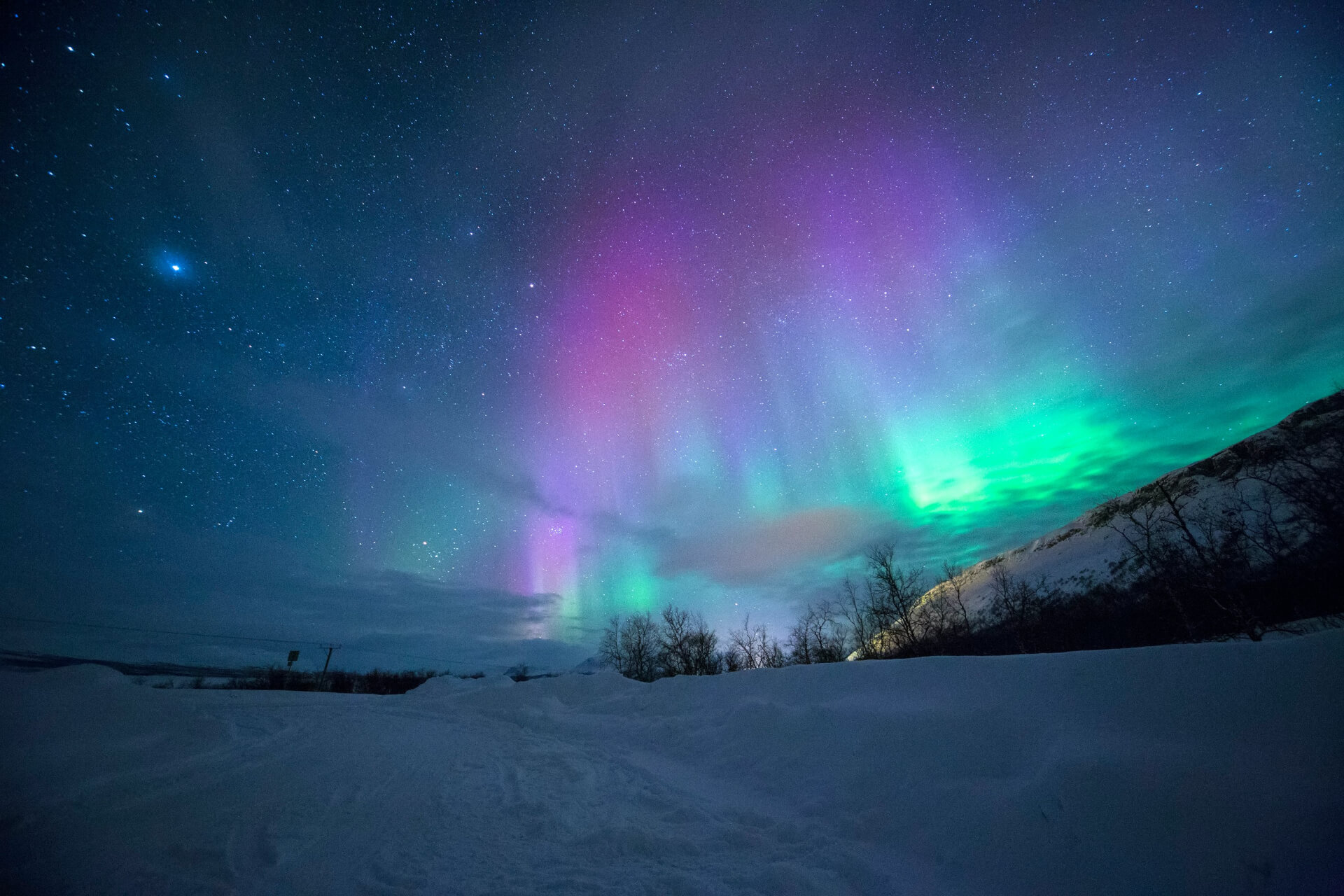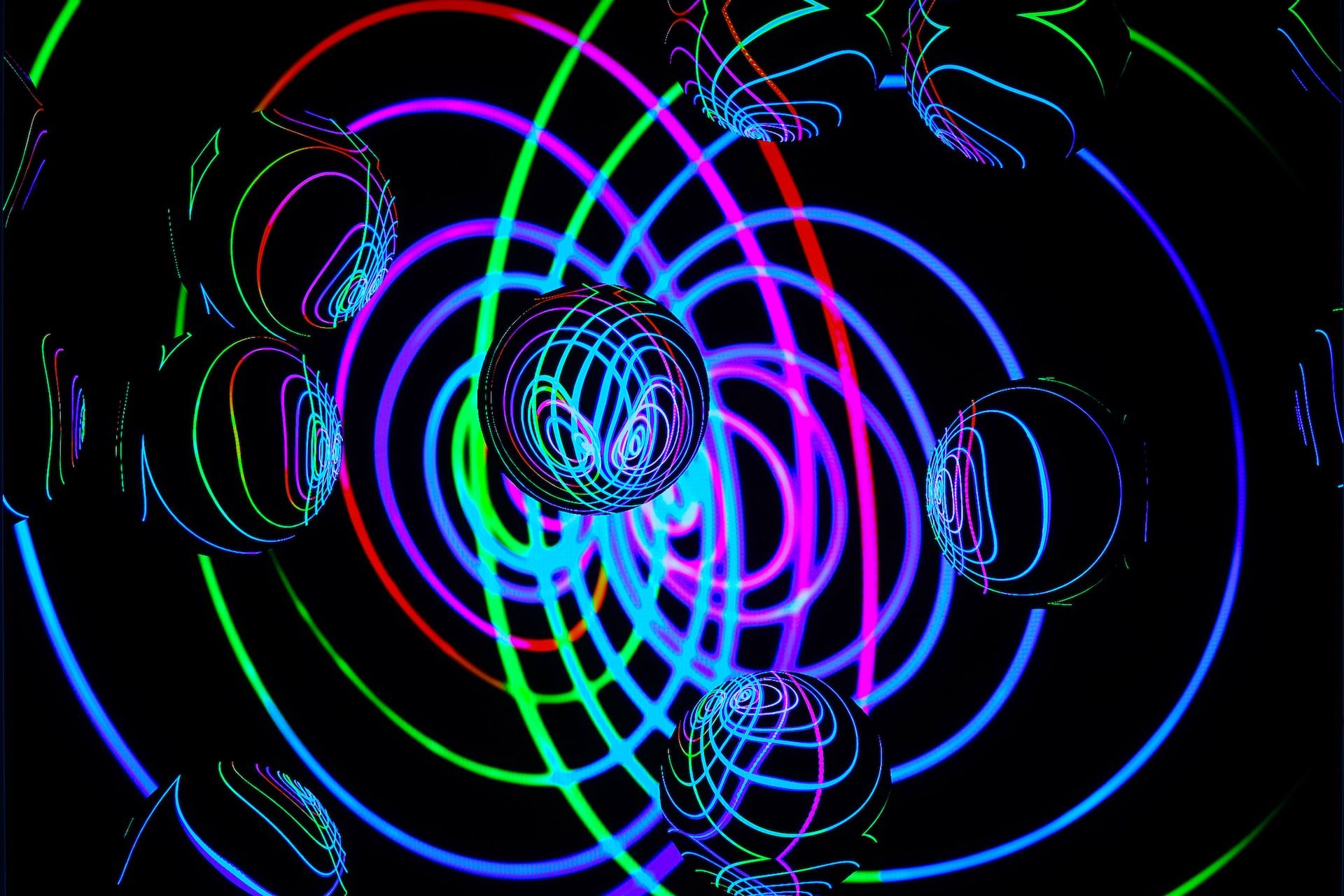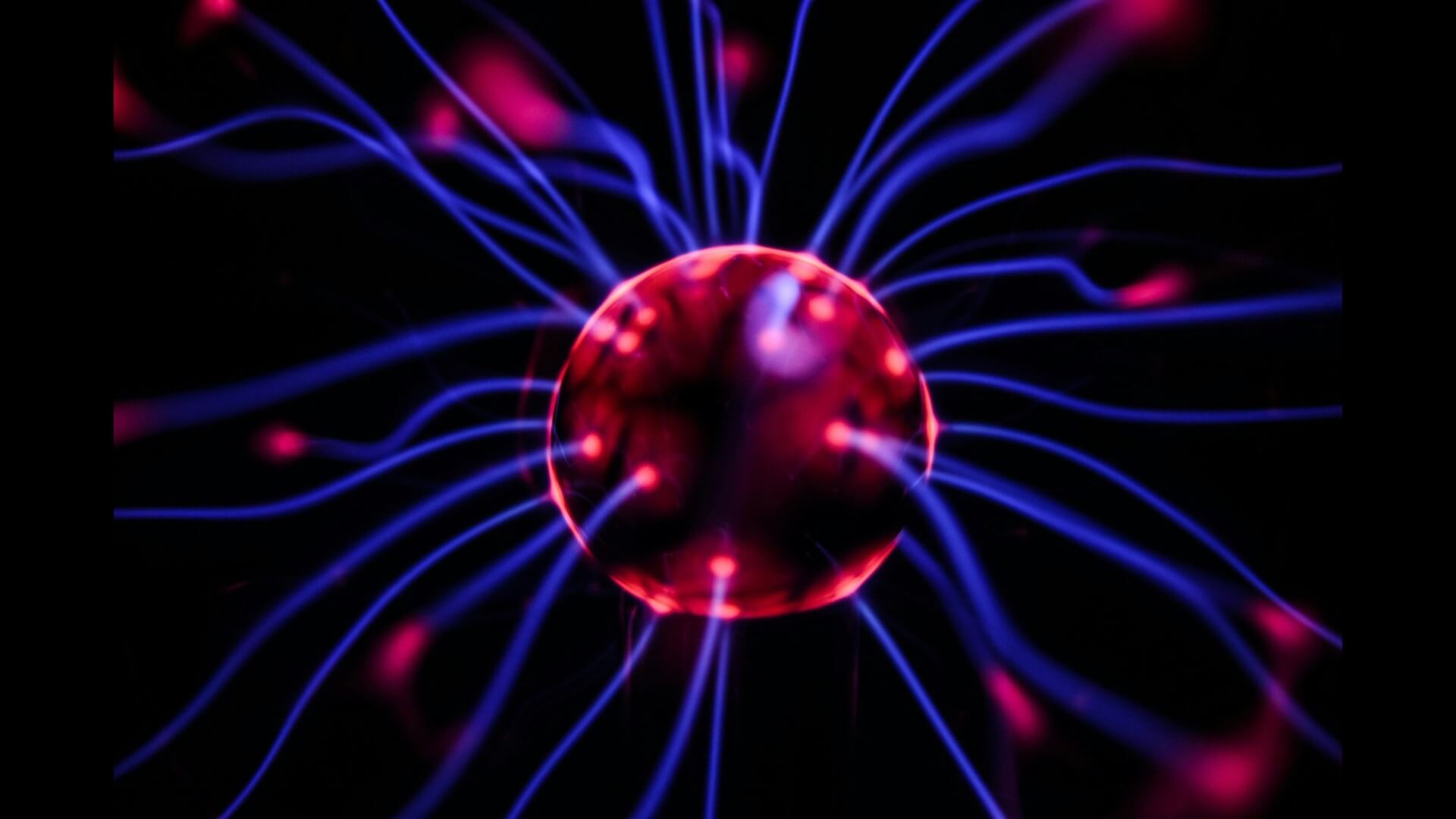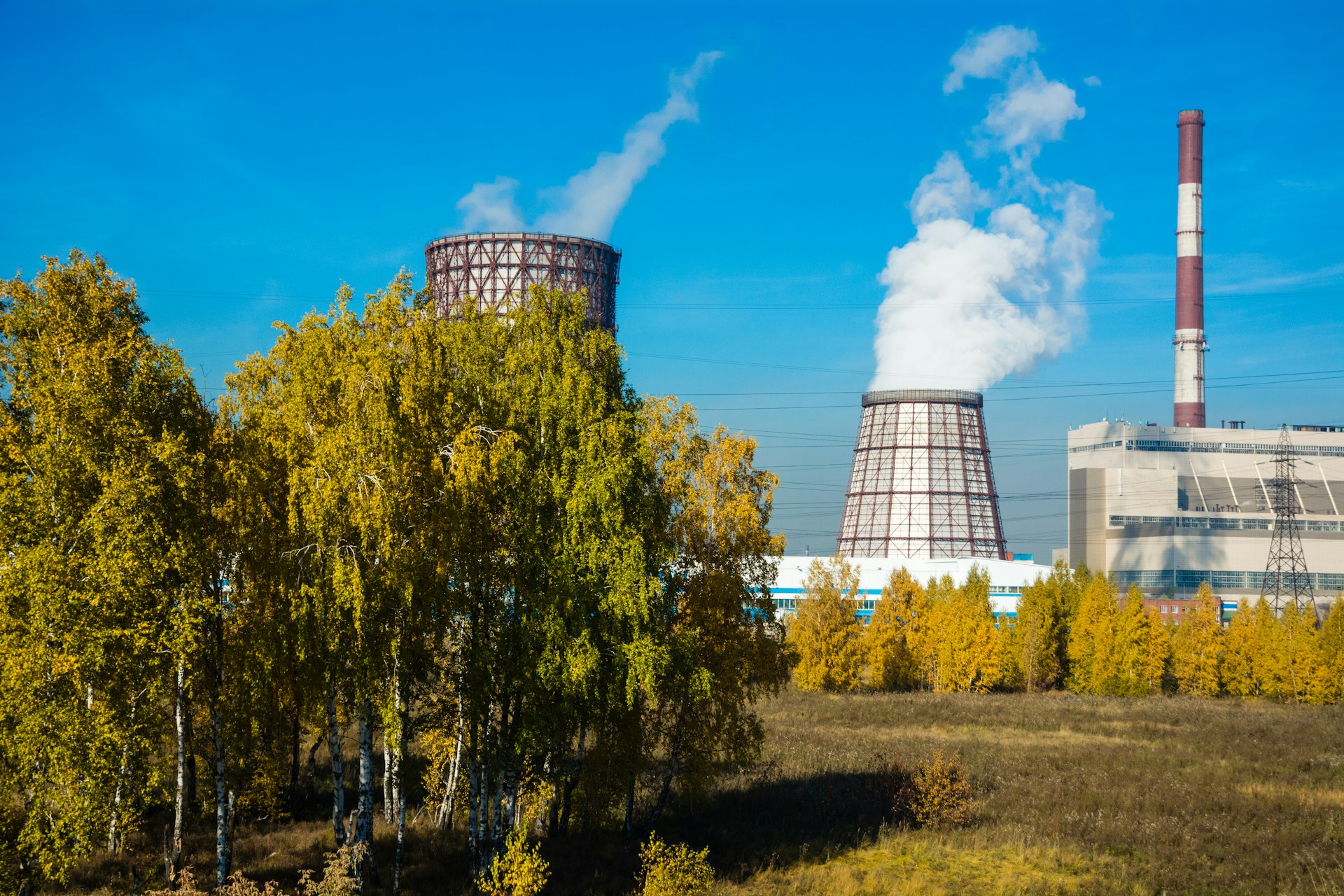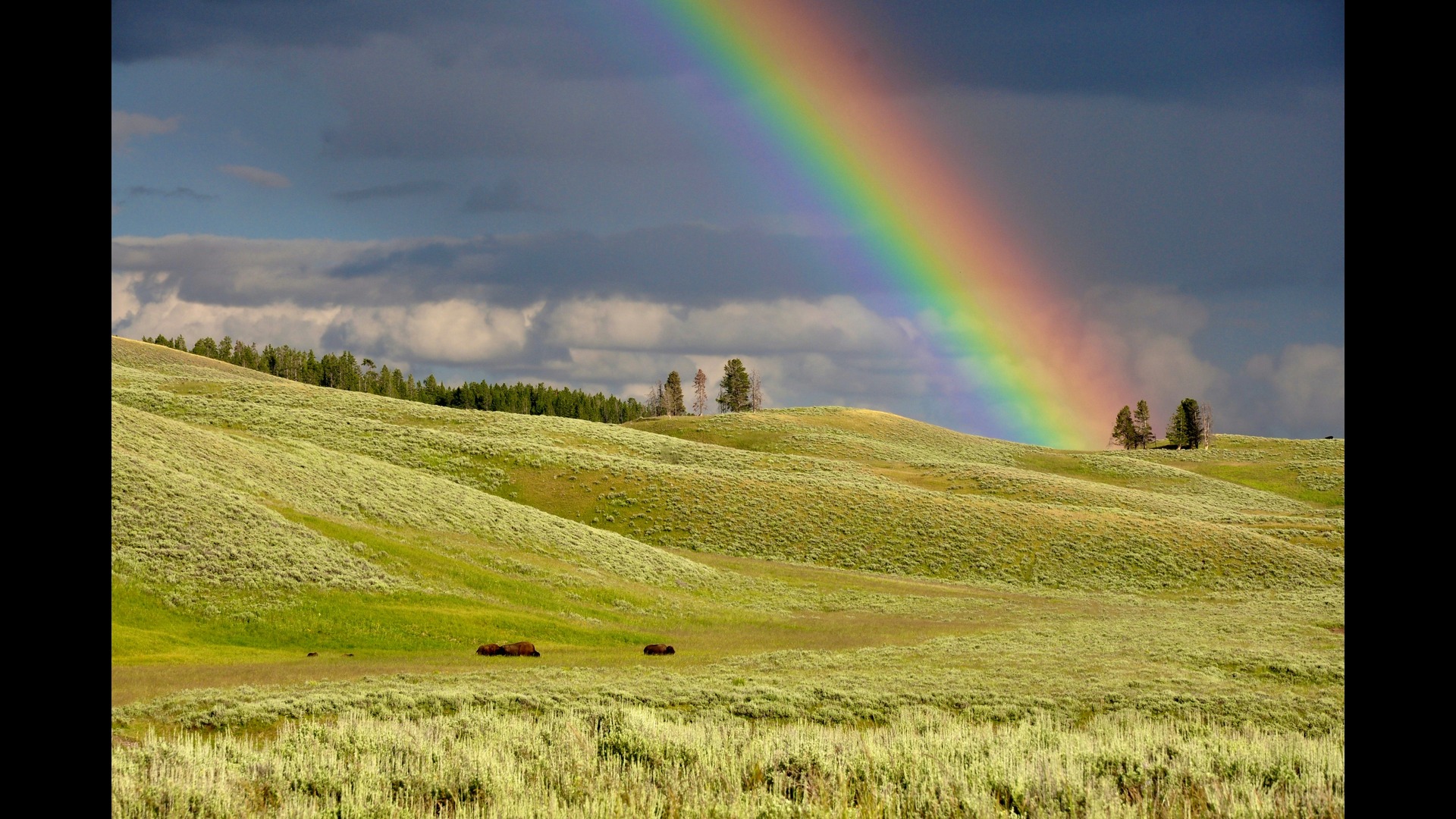
Why Do Rainbows Appear After Rain? Exploring the Conditions for Formation
August 11, 2025 - Lou Farrell
Revolutionized is reader-supported. When you buy through links on our site, we may earn an affiliate commission. Learn more here.
Rainbows have captivated the human imagination for centuries, but they remain a rich subject of curiosity for inquiring minds of all ages. This colorful arch in the sky offers a window into the microphysics of the atmosphere and the interaction between light and water that bring it to life. Here’s the science behind how rainbows form.
What Is a Rainbow?
A rainbow is an optical phenomenon that occurs when sunlight interacts with water droplets in the atmosphere, such as raindrops. This is why rainbows often appear after a rain shower when the clouds slowly clear and the sun starts shining again.
Rainbows typically form a broad, seven-color arc in the order of red, orange, yellow, green, blue, indigo and violet. Although they appear as bows, rainbows are actually full circles. However, the horizon usually obscures the lower half, making only the upper arc visible.
How Do Rainbows Form?
To fully understand a rainbow and how it forms, one must begin with the behavior of light as it refracts and reflects on surfaces. Daylight appears white but is composed of many colors. When light encounters water droplets in the atmosphere, three things happen in rapid succession — refraction, internal reflection and dispersion.
As described by Snell’s Law of Refraction, light enters a spherical water particle in the air and slows down due to the difference in media. The outside air is less dense than the water droplet, so the light bends, causing it to change direction.
After refraction, the light hits the back of the droplet and is reflected inward. This internal reflection sends the ray back through the moisture bead toward the front side, so it can exit and reach your eyes. This step also determines the angle at which the light leaves the droplet and is key to the rainbow’s shape.
As light exits the droplet, it refracts again, causing chromatic dispersion, in which white sunlight is spread into a visible spectrum of colors. Longer wavelengths, like red, emerge at angles around 42°, while shorter wavelengths, like violet, exit at angles around 40°. This angular separation explains why red appears at the top and violet at the bottom of a rainbow.
However, not all droplets behave the same. According to Mie scattering theory, the particle’s size and shape affect the rainbow’s width and brightness. Larger droplets create more vivid rainbows with sharper color bands, while smaller ones produce fainter, more blurred arcs. That’s why rainbows are clearer when the air is more moist, since there are bigger water particles. It begins to fade when the moisture eventually evaporates.
In short, a rainbow isn’t just bent light. It’s a highly structured, angle-dependent display shaped by the physics of light and the detailed makeup of water droplets.
The Recipe for a Rainbow
Rainbows are highly conditional phenomena. They require a precise alignment of three key ingredients — sunlight, water droplets and a specific observer location.
The viewer has to be positioned so that the sunlight is behind him, with the sun lying low in the sky, ideally less than 42° above the horizon. The rain or water source must be in front of him so they become tiny prisms. When the perfect conditions are set, a rainbow occurs like magic.
But rain isn’t the only ingredient for a rainbow. Even fog, mist or spray from a waterfall can generate one if the droplet size and density are adequate. In other words, the appearance of a rainbow is as much about geometry as it is about weather.
The Role of Human Perception
Interestingly, a rainbow is not a thing in a conventional sense but a phenomenon that exists only when light hits the eye of an observer at the right angle. What’s magical about this formula is that the precise alignment means each rainbow is unique to its observer. Even if two people are standing just feet apart, they may be seeing slightly different sets of raindrops producing their own personal arcs of color.
Rainbows also underscore the limits of human vision. Though the spectrum ranges from red to violet, many colors in sunlight, like infrared and ultraviolet, remain invisible to the naked eye. The blending of spectral colors within the rainbow further complicates attempts to count or isolate individual bands. While Isaac Newton says there are seven in his ROYGBIV finding, the actual number is continuous and effectively infinite.
Why You Can’t Ever Reach a Rainbow
A common misconception is that one can chase or approach a rainbow. Irish folklore even includes stories of leprechauns that hide their gold in secret spots, including the elusive end of the rainbow.
However, since the rainbow is an optical effect rather than a physical object, its position shifts with the observer. Move one step forward and the geometry changes. Hence, the rainbow appears to move with you.
This also explains why rainbows appear only when conditions are just right and why they vanish quickly. They depend on a fleeting set of light paths that constantly change as the droplets fall and the sun moves across the sky.
Supernumerary and Double Rainbows
Sometimes, you get more than you bargained for. How exactly do double rainbows form?
A double rainbow emerges when light reflects twice inside the water droplet before exiting. This causes the secondary rainbow to appear outside the primary arc with reversed colors — red on the inside and violet on the outside. The secondary bow is always fainter due to additional light loss.
More rarely, a supernumerary rainbow appears as faint bands inside the main arc. These are not caused by wave interference but by a quantum phenomenon. When raindrops are over 1 millimeter in width. The first one blends into the main rainbow and they all repeat the same bright colors. Smaller raindrops can produce supernumerary rainbows, too, but often with fewer extra bands.
The Longest Rainbow Ever Witnessed
While most arcs last mere minutes, one rainbow occurrence defied such odds. In November 2018, an almost nine-hour-long rainbow graced Taiwan. This phenomenon occurred under ideal conditions — a stationary front, moisture-laden air and persistent sunlight. This case highlights how meteorological stasis can prolong what is typically a transient visual spectacle.
The official Guinness World Records recognized it and the record was two minutes shy of nine hours.
Explaining the Physics Behind Rainbows
Despite their apparent simplicity, there’s complex science behind how rainbows form. It encapsulates complex, multilayered interactions between light, matter and the human observer. So, the next time you look up and see that arc of color gracing the sky, know this — you’re witnessing a masterpiece of natural physics, visible only because the entire universe aligned just so and because you happened to be standing in the perfect place to see it.
Revolutionized is reader-supported. When you buy through links on our site, we may earn an affiliate commission. Learn more here.
Author
Lou Farrell
Lou Farrell, Senior Editor, is a science and technology writer at Revolutionized, specializing in technological advancements and the impacts on the environment from new developments in the industry. He loves almost nothing more than writing, and enthusiastically tackles each new challenge in this ever-changing world. If not writing, he enjoys unwinding with some casual gaming, or a good sci-fi or fantasy novel.
